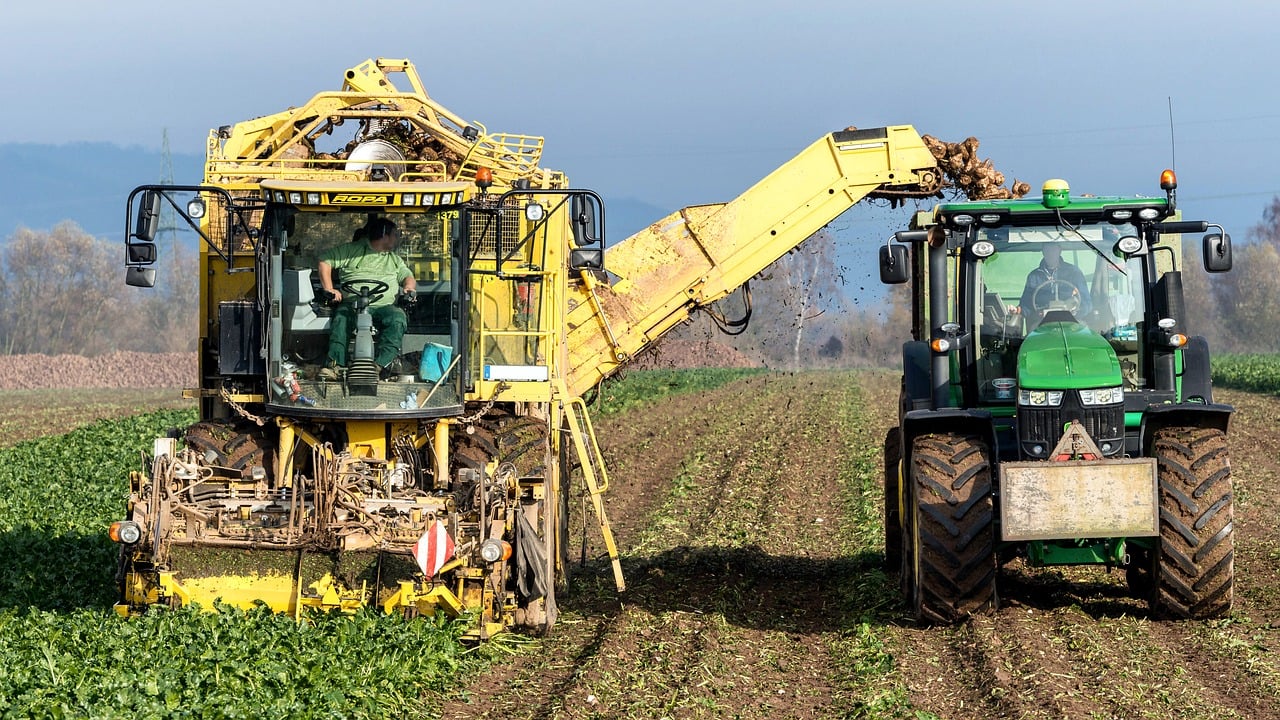Ukrainian agricultural sector is an obstacle on the way to the EU
28 February 12:14
The European Union expects difficulties in the process of Ukraine’s integration due to the powerful Ukrainian agricultural sector, which poses a threat to European farmers. However, despite possible protests, Ukraine may join the EU before 2030. This was stated by the EU Ambassador to Ukraine Katarina Mathernova, "Komersant Ukrainian" reports citing nv.ua.
According to Mathernova, Ukrainian agriculture plays a key role in the country’s economy:
“Agriculture is the lifeline of the Ukrainian economy. It accounts for 60% of exports. In fact, it is one of the key suppliers of food around the world. It has suffered major disruptions due to the war, due to the blockade of the Black Sea,”
– she said.
The ambassador emphasized that the agricultural sector will remain one of the three most important sectors of Ukraine’s economy, along with energy and defense.
Regarding the integration of the Ukrainian agricultural sector into the EU, Mathernova said:
“It is important to understand that this will be a delicate discussion. It will be a sensitive sector, because your potential is such that it threatens insiders when an outsider has such values and power. But we will survive it.”
The ambassador recalled similar situations in the past, such as French and Italian winemakers’ fears of Spain and Portugal’s entry, as well as protests against the integration of Poland, the Czech Republic and Slovakia due to competition in the labor market.
“Your vertically integrated agriholdings are much more productive and therefore more frightening than what we have in Europe… It will not be pretty. There will be demonstrations at the borders. There will probably be some specific products that may have temporary restrictions or limitations on export opportunities. But eventually the system will adapt to this,”
– she assured.
Mathernova also revised her previous forecast for Ukraine’s accession to the EU, noting that it could happen before 2030.
“Your backbone industry, agriculture, will be the most difficult to discuss. There will be threats, anxiety and demonstrations, but we will overcome it together,”
– emphasized the EU Ambassador to Ukraine.
Читайте нас у Telegram: головні новини коротко
A brief history of Ukraine’s European integration
After gaining independence in 1991, Ukraine began to develop relations with the European Union. In 1994, a Partnership and Cooperation Agreement was signed, which entered into force in 1998.
In 2003, the EU offered Ukraine the Wider Europe Policy, which later evolved into the European Neighborhood Policy. It provided for closer ties, but without the prospect of membership.
In 2005, the EU-Ukraine Action Plan under the European Neighborhood Policy was adopted. This document defined specific steps to deepen Ukraine’s integration with the EU in various areas.
In 2007, negotiations began on a new and enhanced agreement, which later became the Association Agreement. These negotiations lasted for several years.
In 2009, the EU’s Eastern Partnership initiative was launched to deepen relations with six countries, including Ukraine. This was an important step on the way to signing the Association Agreement and obtaining a visa-free regime.
In November 2013, the government’s decision to suspend preparations for the signing of the Association Agreement led to mass protests known as Euromaidan. As a result of these events, the Agreement was signed in 2014. After the signing of the Agreement, Ukraine began the process of its implementation, which included reforms in various areas to bring it closer to EU standards.
In June 2022, against the backdrop of a full-scale Russian invasion, Ukraine was granted candidate status for EU membership.
on December 14, 2023, at a summit in Brussels, the leaders of the European Union approved the start of negotiations on Ukraine’s accession to the EU.
on March 12, the European Commission officially presented the negotiation framework for Ukraine’s accession to the EU. It sets out the guidelines and framework for accession negotiations with each candidate country.
on October 30, 2024, the European Commission announced that Ukraine had completed all the preliminary necessary steps and the EU was ready to open the first negotiation cluster in 2025.
What remains to be done
According to the Cabinet of Ministers of Ukraine, Ukraine has the following steps to go on its way to EU membership:
- Ukraine and the EU negotiate Ukraine’s accession to the EU until all negotiating clusters are closed;
- The European Commission presents its opinion on Ukraine’s readiness to join the EU;
- the EU member states and the European Parliament unanimously decide to sign the Accession Agreement with Ukraine;
- The European Parliament and the national parliaments of all EU member states and Ukraine ratify the Accession Agreement.









